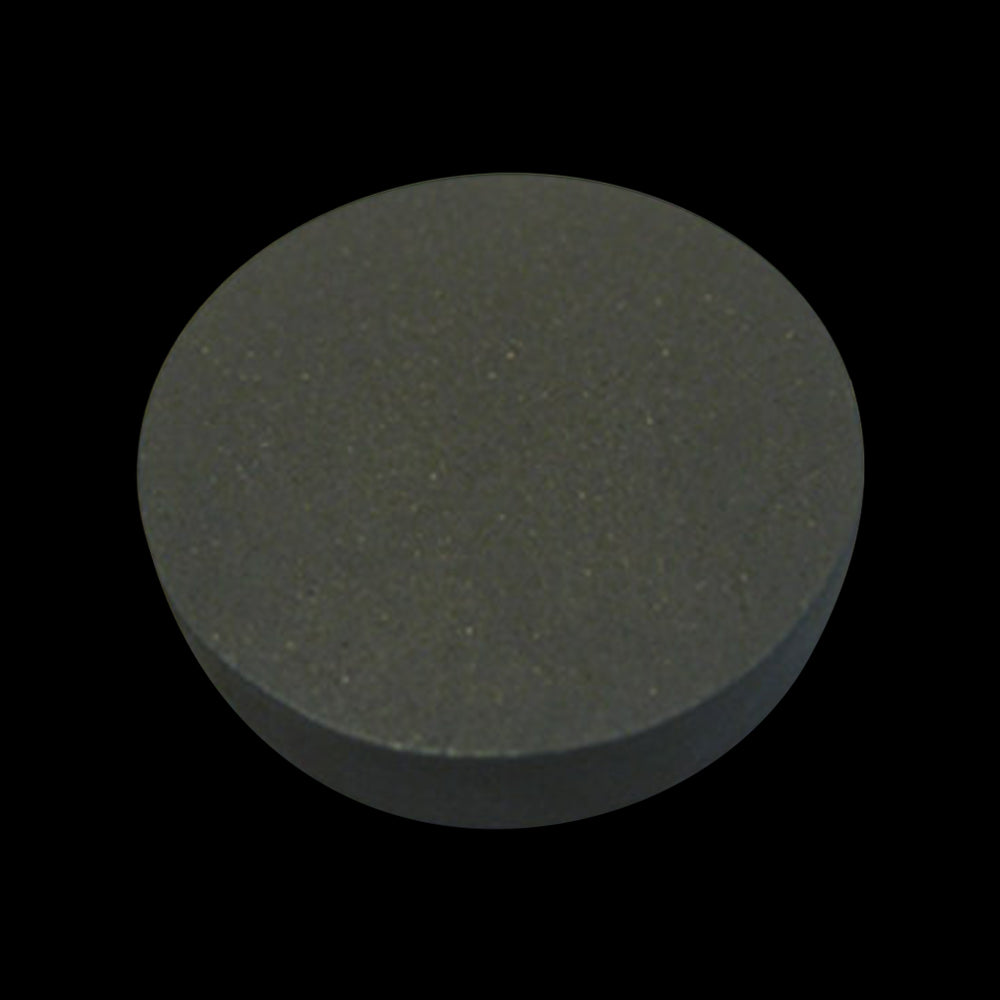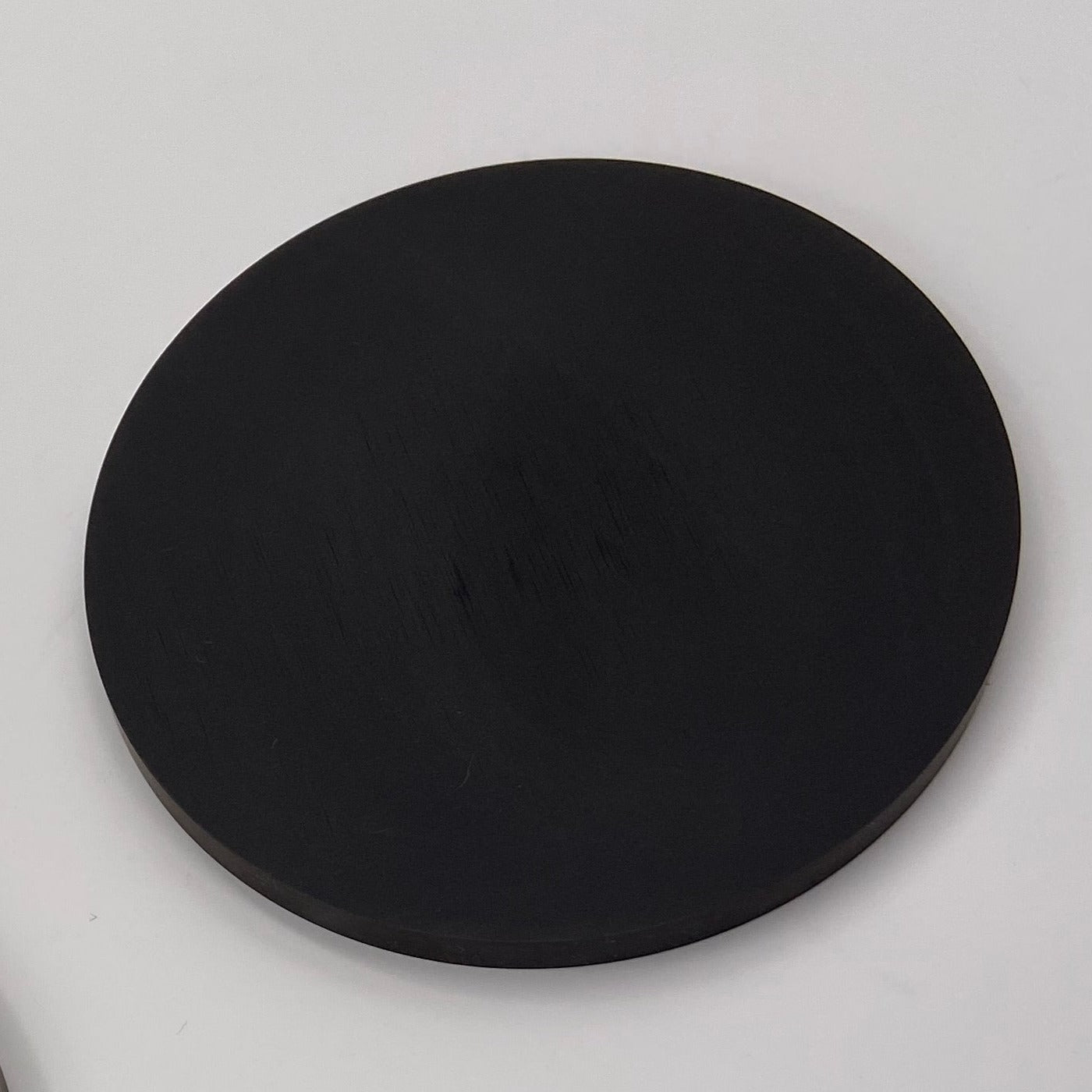Target Materials
Vanadium (III) Oxide (V2O3) PLD Target
Vanadium (III) Oxide (V2O3) PLD Target
Couldn't load pickup availability
| Material | Vanadium (III) Oxide |
| Formula | V2O3 |
| Purity | 99.9% |
| Typical Substrates | TiO2, Sapphire (Al2O3), MgO, and SrTiO3 |
| Related Materials | VO2, V2O5, MoO3, WO3, TiO2 |
V2O3 Target for Pulsed Laser Deposition
Introduction to the properties of V2O3 and its use in thin film form
V2O3 is a transition metal oxide with interesting electronic and magnetic properties. It has been extensively studied for its potential use in various applications, such as in electronic devices, magnetic storage, and energy storage. When grown in thin film form using techniques such as pulsed laser deposition, V2O3 can exhibit unique properties that make it a promising material for a range of technological applications.
Optical and Electronic Properties of V2O3
V2O3 is a metal oxide with a narrow bandgap, which means it is a good candidate for applications in optoelectronics. It is also a good conductor of electricity, with a metallic behavior at high temperatures and a semiconductor behavior at low temperatures. Additionally, V2O3 exhibits interesting magnetic properties, with a metal-insulator transition that can be induced by changes in temperature, magnetic field, or pressure.
Comparison of V2O3 to Similar Materials
Compared to other transition metal oxides, V2O3 stands out for its unique combination of electronic, magnetic, and optical properties. For example, it has been shown to have higher conductivity and a narrower bandgap than other common metal oxides like TiO2 and ZnO. Its magnetic properties also set it apart from other materials, such as Fe3O4 and CoO.
Crystal Structure of V2O3
V2O3 crystallizes in a rhombohedral crystal structure, with a lattice parameter of 5.444 Å. The structure consists of layers of edge-sharing VO6 octahedra that are stacked along the c-axis, with the vanadium atoms occupying the trigonal prismatic sites in the octahedra.
Typical Substrates for Epitaxial Growth
Some typical substrates that support epitaxial growth of V2O3 include sapphire (Al2O3), MgO, and SrTiO3. These substrates have a good lattice match with V2O3, which allows for high-quality growth of thin films. Often the different oxidation states of Vanadium Oxides can be stabilised with the balance of the correct choice of oxygen pressure. With lower background oxygen pressure required for V2O3 than VO2 or V2O5.
Other Similar Thin Film Materials
- VO2
- V2O5
- MoO3
- WO3
- TiO2
Materials
Materials
Shipping & Returns
Shipping & Returns
Dimensions
Dimensions
Care Instructions
Care Instructions


-
Free Shipping
Wherever you are, get free shipping on orders from Target Materials
-
High Quality Packaging
All our targets are vacuum packed, sealed and protected so they arrive with you exactly how they left from us.


